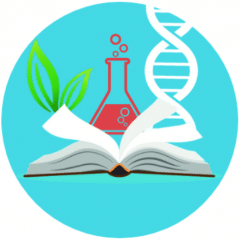| How are most animals classified? |
| What are the main characteristics of chordates? |
| How are vertebrates classified? |
| What are heterotrophs & give some examples. |
| In what ways do animals differ from plants? |
| What are tissues? |
| What determines an animal’s body plan? |
| In what habitat do you find most species of animals? |
| What is bilateral symmetry? |
| What does bipedal mean? |
| Where are the dorsal & ventral surfaces on a bipedal organism? |
| What is radial symmetry? |
| Name invertebrates that are asymmetrical, radial symmetry, & bilateral symmetry. |
| What does cephalization mean? |
| What invertebrate group was first to show cephalization? |
| Describe the “surfaces” of animals with radial symmetry. |
| Why is cephalization an advantage for animals? |
| What is a postanal tail & give examples of adult chordates with this characteristic? |
| Describe the “skeletal” support found in roundworms. |
| What is segmentation, & what animals exhibit this characteristic? |
| What is the function of kidneys, and what organisms have these organs? |
| How do closed & open circulatory systems differ? |
| How are terrestrial animals protected against water loss? |
| What structures show segmentation in vertebrates? |
| What is the advantage of having a long intestinal tract? |
| How are nutrients moved through a cnidarian’s body? |
| Describe how spiral cleavage occurs. |
| Describe the embryo at the start of gastrulation. |
| What forms from endoderm in cnidarians. |


